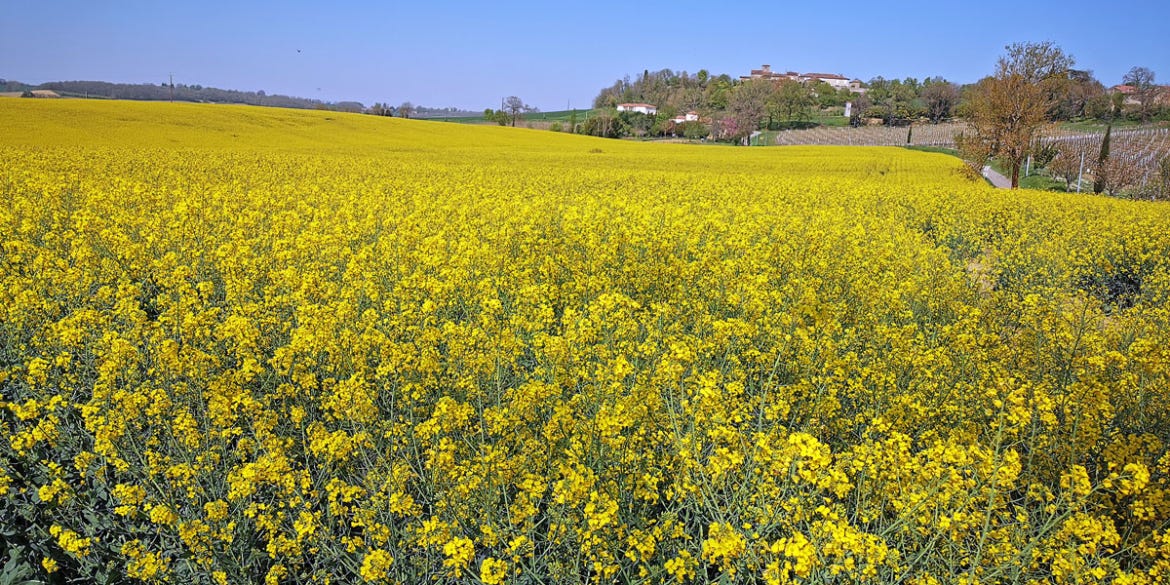On the backroads in Gers from Condom to Bézéril
One doesn't need much of an excuse to visit the Gers Department, the vast region that lies to the west of our doorstep in Toulouse. But attending a meeting in Condom last week gave me one anyway. And on the leisurely drive back I stumbled across plenty of reminders of why this corner of France remains so alluring.
Sitting in the heart of the Gascony regi…
Keep reading with a 7-day free trial
Subscribe to French Crossroads to keep reading this post and get 7 days of free access to the full post archives.




